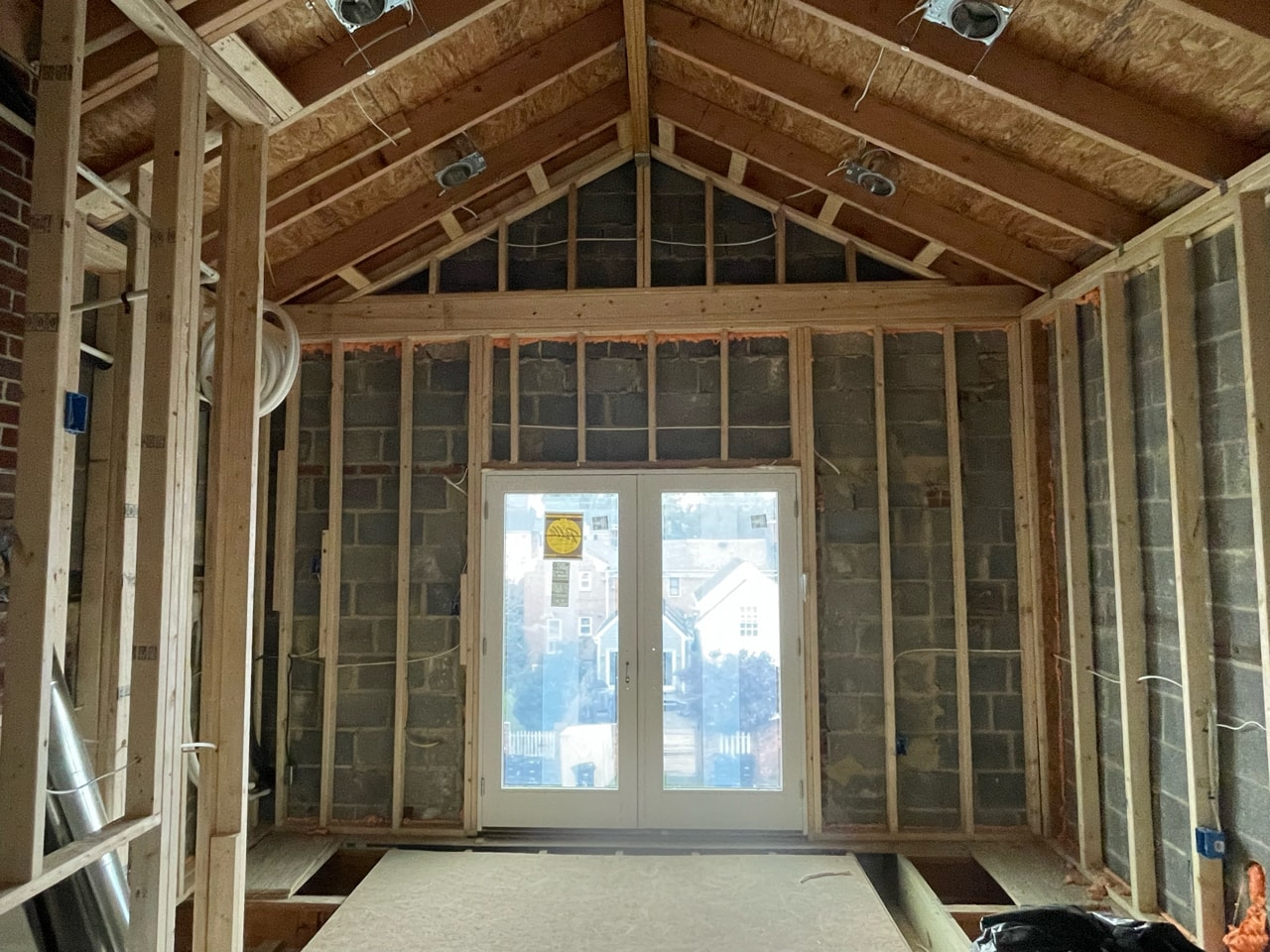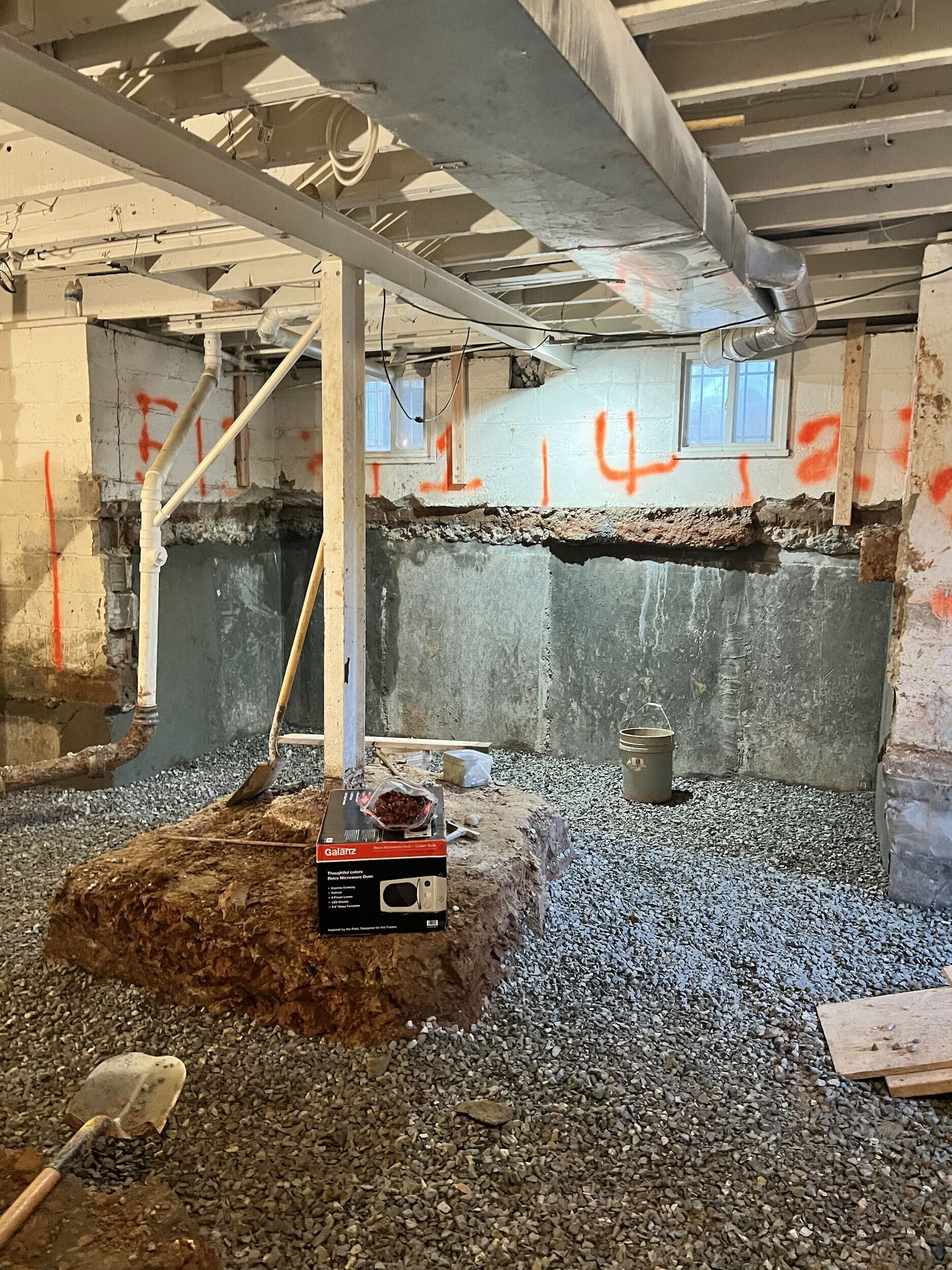Protecting your home’s exterior needs a sturdy material that resists common outdoor threats like pests, extreme temperatures and harsh weather. Two popular materials for siding are fiber cement, also called HardiePlank, and vinyl. Which one is right for your next project, and how do they compare to each other?
What is Fiber Cement?
Fiber cement is a blend of cellulose fibers, sand and cement. When it’s manufactured for siding, it resembles natural materials like wood and stone. It’s known for durability, affordability and for being available in a variety of forms.
HardiePlank / Hardie Board vs. Fiber Cement
The James Hardie brand produces high-quality fiber cement siding products, often called Hardie Board or HardiePlank. These terms are often interchanged with fiber cement. However, these brand name James Hardie products typically cost more than lower grade siding. To find out more, check out the pros, cons & cost of Hardie Board.
What is Vinyl Siding?
Vinyl is made of PVC, or polyvinyl chloride, which is the same material used in luxury vinyl floors. It can look like cedar, stone or tile without the added costs and maintenance associated with organic materials.
It can come in shingles, vertical or horizontal planks, and faux log. Horizontal siding is popular. An insulated version is available and can guard your home against extreme temperatures to make it more energy-efficient. To learn more about this material, explore the pros and cons of vinyl siding.
Siding Comparison – Which Is Better for Your Home?
Fiber cement and vinyl are both synthetic materials and easier to manage than organic options like wood, shingles or logs. Here’s how they compare.
Types & Styles
Fiber Cement
· This material can resemble stone, wood lap boards, cedar shingles, wood shake siding, logs, and more.
· Its premium thickness produces deeply embossed products that look like wood.
Vinyl
· It can imitate materials like wood shingles, lap boards, logs, and stone.
· The styles are just as varied as fiber cement.
· However, it falls short when imitating wood because it isn’t as thick.
· Lack of depth makes its stone replicas less textured.
Colors & Painting
Both materials come in an endless variety of colors like light blues, dark ash, bright greens and bold reds.
If the product doesn’t initially come in the color you’re looking for, you can paint both. The cost of painting falls between $1,700-$4,000. Select a siding that’s already the color you want to save money.
Fiber Cement
· Needs a coat of paint every 5-10 years to keep its luster.
· To save you time for the first few years, buy pre-painted products.
Vinyl
· Doesn’t need paint unless you want to change the color.
· If you bought pre-painted material, repaint it every 5 to 10 years in fair weather and with acrylic and/or urethane paints.
· The paint’s color should be lighter than the current color. Darker paints can absorb the sun’s heat and trap it into the siding, causing it to warp.
Cost Comparison
Which material is better for your budget? For more information on these prices, see our fiber cement cost guide and vinyl siding cost guide.
Fiber Cement
· $0.70- $5.25 per square foot.
· It varies in price due to the difference in quality between brands and manufacturing methods.
· Hardie Board falls on the higher end of this spectrum, usually hovering around the $5 per square foot range.
· Overall, it costs more after installation due to the extra labor involved.
Vinyl
· $3.00- $6.00 per square foot, with the typical choice costing around $3.00-$4.00 per square foot.
· Installation is simpler and less cumbersome, making the total cost after labor more affordable.
Which is Best?
The right material for you will depend on a variety of factors. For example, if your home has brick or stone accents or in the front, fiber cement siding could complement it better because of its depth. Here are some key things to keep in mind when you’re deciding which material is better for you:
· Budget
· Values (environment, sustainability, etc.)
· Climate & weather patterns in your area
· How often you expect to perform maintenance and repair tasks
· Your home’s look and which siding complements it
Fiber Cement/Hardie Board is Better For…
· Durability
· Longevity
· Eco-Friendliness
· Thickness
· Types and Styles
Vinyl is Better For…
· Cost
· Maintenance and Cleaning
· Repairs
· Insulation
· DIY Installation
· Painting
Want to learn more? View the full article HERE


